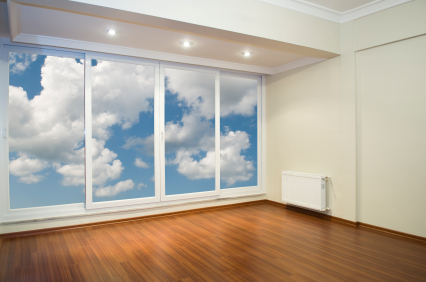BLOG
Facts About Indoor Air Quality
 According to the EPA, the indoor air that you breathe is two to five times more polluted than the outdoor air, and in some cases, more than 100 times! Since most people spend their time indoors, this can lead to significant health problems. These problems include irritation of the eyes, nose, and throat, headaches, dizziness, and fatigue. Asthma, hypersensitivity pneumonitis, and humidifier fever are all linked to poor indoor air quality.
According to the EPA, the indoor air that you breathe is two to five times more polluted than the outdoor air, and in some cases, more than 100 times! Since most people spend their time indoors, this can lead to significant health problems. These problems include irritation of the eyes, nose, and throat, headaches, dizziness, and fatigue. Asthma, hypersensitivity pneumonitis, and humidifier fever are all linked to poor indoor air quality.
What leads to poor indoor air quality? Secondhand smoke is a big contributor, as is allergenic particles and the chemicals that we use. Even the chemical compounds used into today’s building products leak out of their source products and into your household air. Allergenic particles such as dust, pollen, mold spores, dust mites, pet hair and pet dander all add to poor indoor air quality. Common household furnishings such as draperies, couches, carpeting and bedding are all contributors as well.
Did you know that one ounce of dust can contain nearly 42,000 living dust mites? Heating and air conditioning ducts which are dark and damp provide an excellent breeding ground for mold, fungi and dust mites. Poor ventilation and dirty filters are an invite for them to come right into your home. Changing your filter regularly will reduce particles that can get indoors. Even better, keeping your equipment maintained and upgrading your indoor air quality products can significantly help remove them, leaving them little chance of getting into your home. What type of indoor air quality products you will need depends on several factors, including:
- If there are smokers in the household
- If there are pets that shed hair and dander
- If there has been water contamination or damage to the home or HVAC system
- If residents live with allergies or asthma
- After home renovations or remodeling
- Before occupying a new home



